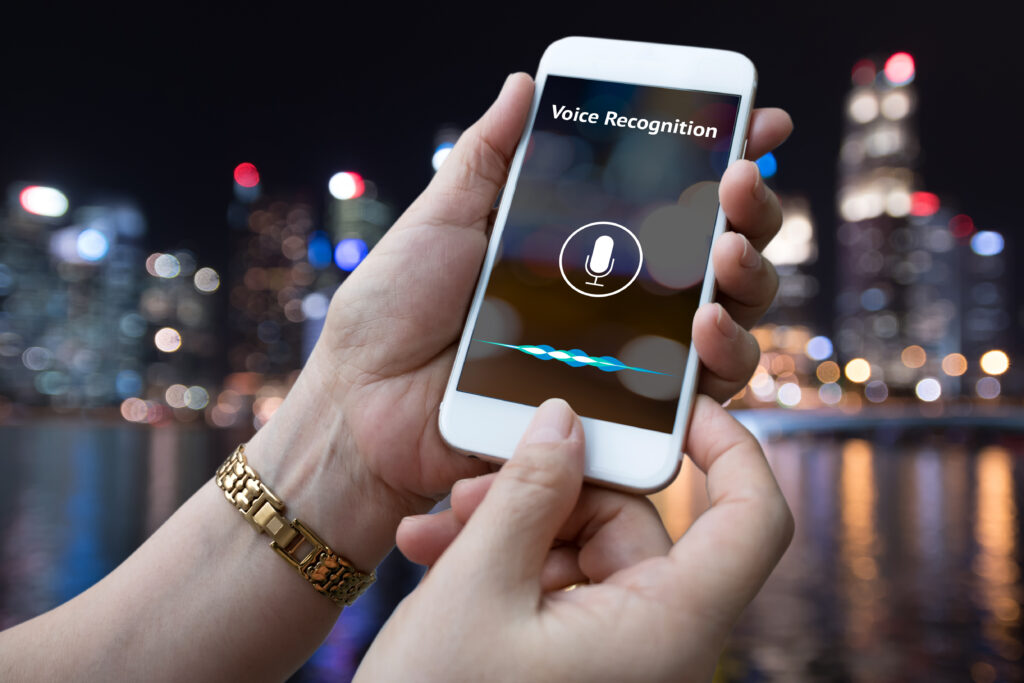Amazon Web Services (AWS) offers a variety of cloud-based services to businesses and individuals, enabling them to harness the power of advanced computing and machine learning technologies without the need for extensive infrastructure. One of these services is Amazon Transcribe, an automatic speech recognition service. This service is used to convert spoken words into written text, a process known as transcription. Transcription services are essential in various fields, such as customer service, media, healthcare, and legal sectors, where converting speech to text enables better accessibility, record-keeping, and analysis.
Amazon recently announced significant enhancements to Amazon Transcribe, expanding its capabilities to transcribe speech in over 100 languages. This advancement is powered by generative AI models trained on millions of hours of speech data, as noted in an Amazon blog post. Prior to this, Amazon Transcribe supported 79 languages but with moderate accuracy. The new self-supervised algorithms improve recognition of diverse speech patterns and accents, addressing the issue of overrepresentation of certain languages in training data and promoting consistency in accuracy across all languages. This expansion makes the service more accessible and useful globally, particularly for languages that were previously underrepresented.
Applications and Competition
The improved AI transcription capabilities of Amazon Transcribe make it more versatile, especially in applications requiring speech-to-text conversion. Additional features such as automatic punctuation, custom vocabulary, and language identification enhance its usability for audio and video recordings. This technology is particularly adept at understanding speech in noisy environments, classroom (professor’s lectures), and media & journalism (transcribing interviews) to name a few. While Amazon Transcribe is a major player in this field, it faces competition from companies like Otter.ai and technological giants like Meta, who are also developing advanced speech recognition technologies. OpenAI has also entered the arena with Whisper, an open-source transcription software, underscoring the growing interest and rapid advancements in this technology sector.
Call To Action For Accessibility Advocates
As an advocate for accessibility within your organization, it’s crucial to emphasize to leadership the significant impact that incorporating services like Amazon Transcribe can have in fostering an inclusive and efficient workplace. Highlighting the importance of inclusivity, this technology not only aids employees with hearing impairments or those who are non-native speakers but also enhances overall productivity through efficient, automated transcriptions.
The ability of Amazon Transcribe to handle over 100 languages addresses the challenges of a diverse workforce, ensuring clear communication and understanding across different departments. Moreover, it’s vital to underline the business benefits, such as improved accuracy in record-keeping, compliance with legal requirements, and potential cost savings. By presenting Amazon Transcribe (or other similar services) as a solution that marries inclusivity with business efficiency, you can make a compelling case for its adoption, showcasing your commitment to creating a workplace that values both diversity and innovation.
Source: Readwrite
This blog was written mostly using chatGPT, a potential tool for increased accessibility. Do you think this is an appropriate use of chatGPT? Why or why not? Let me know!

